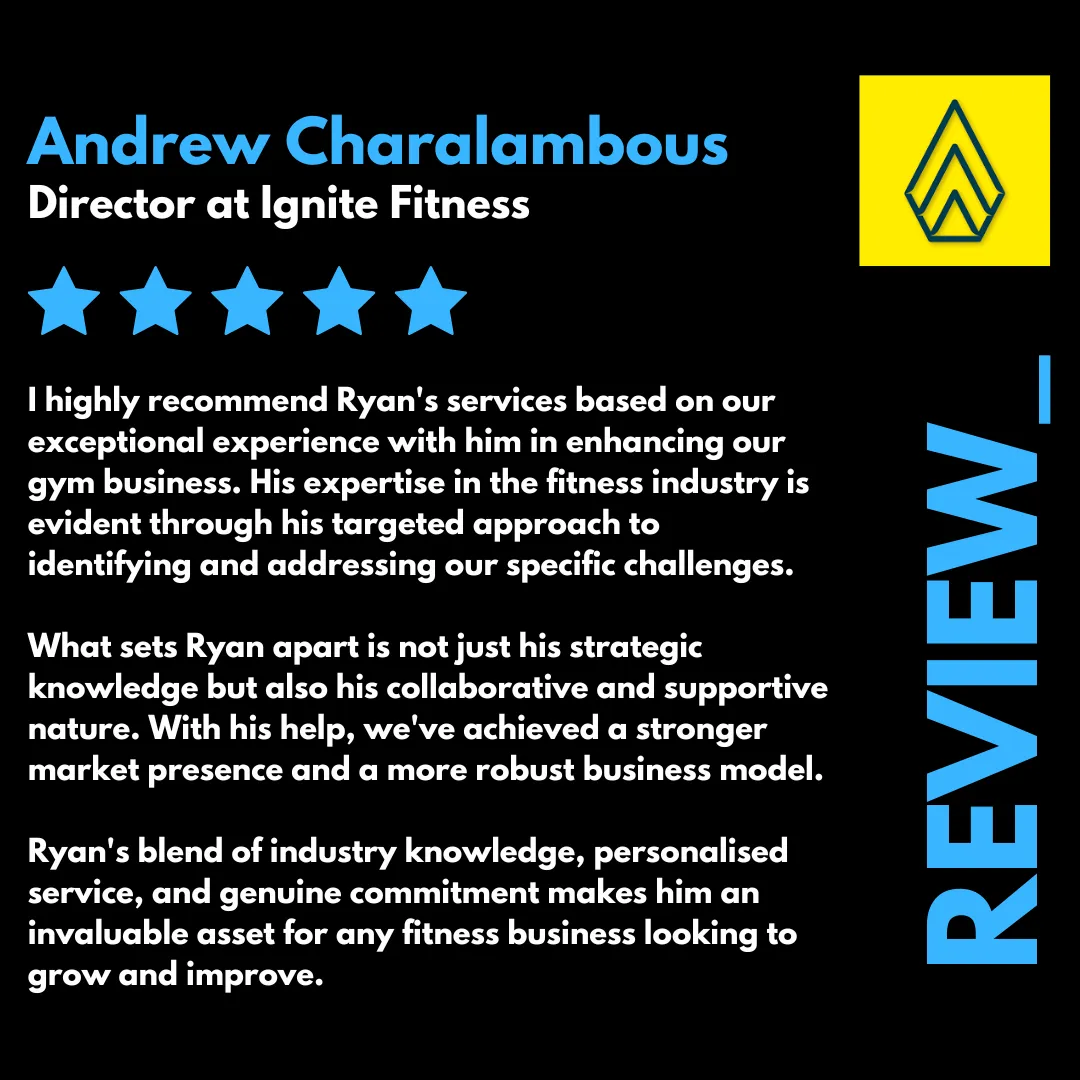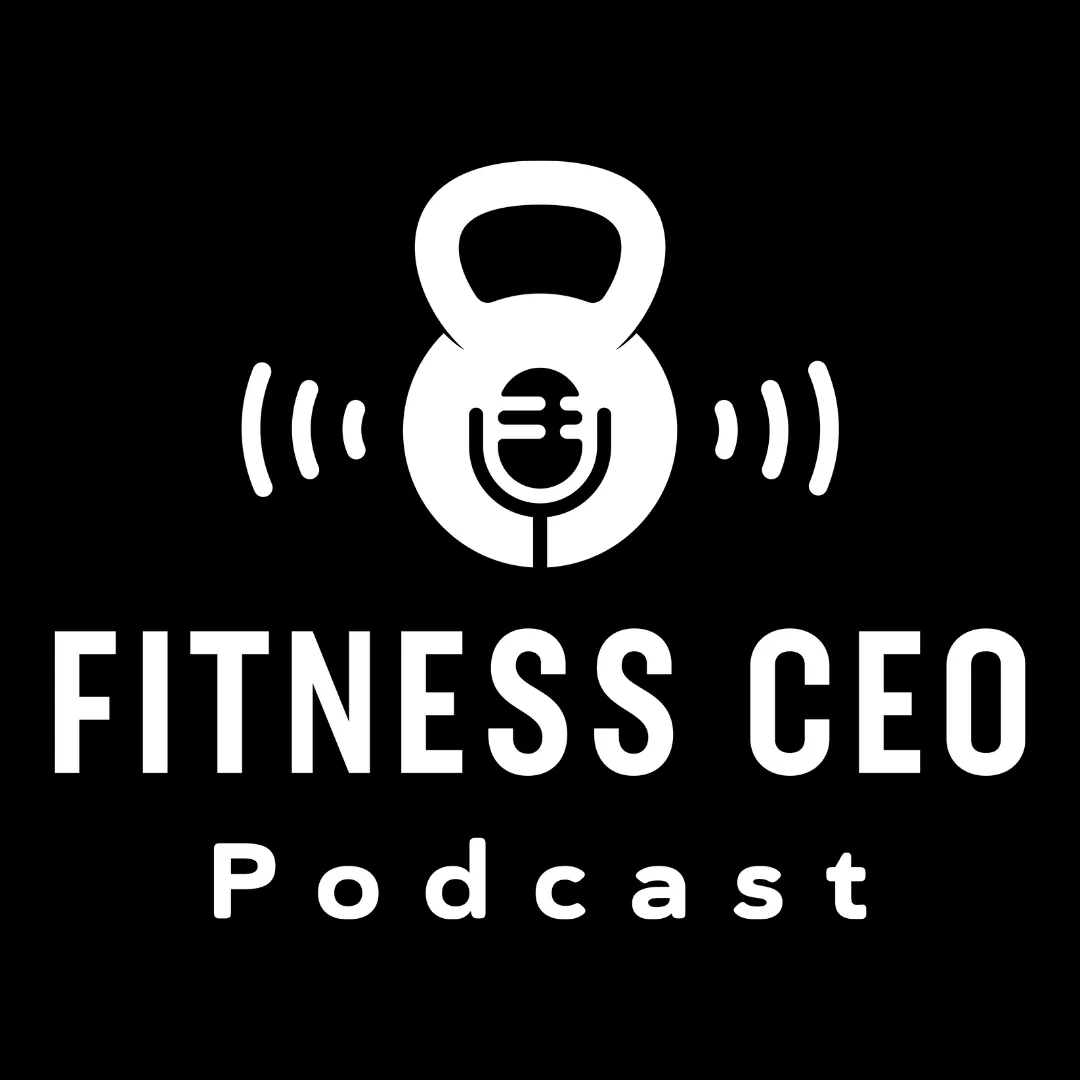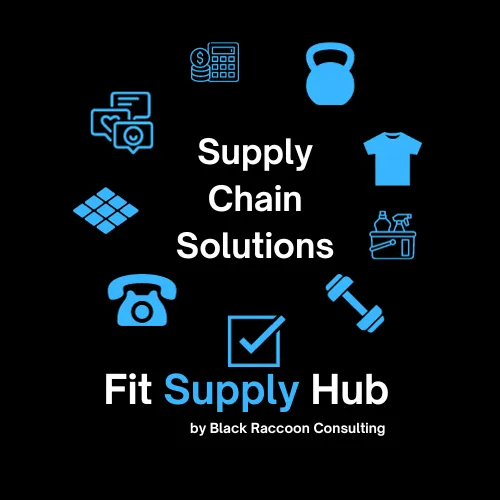
Blogs, News, Links & Podcasts
Read our latest newsletter and blogs and see links to industry information, blogs and Podcasts
Our Free Download Catelogue



Read our Blog Articles.
Read our thoughts on a range of topics from how best to run your facility to industry updates and developments

Too Much Choice? Why Simplifying Your Membership Options Could Be the Smartest Move for Your Gym

Too Much Choice? Why Simplifying Your Membership Options Could Be the Smartest Move for Your Gym
When it comes to memberships, many gym owners believe that more options mean more appeal. Offer something for everyone, and you’ll increase your chances of converting leads into paying members—right?
Not necessarily.
In reality, offering too many types of memberships, bolt-ons, discounts, and special rates often leads to confusion, operational friction, and missed revenue opportunities. And while every membership structure is created with good intentions, few are reviewed through the lens of long-term performance or simplicity.
Here’s why having a clean, streamlined membership offering isn’t just better for your clients—it’s essential for your team, your brand, and your bottom line.
1. Too Much Choice Leads to Decision Paralysis
If a potential member is presented with six tiers, three bolt-ons, four discount structures and an “offer that ends tonight,” they’re not feeling impressed—they’re feeling overwhelmed.
When people feel confused, they delay decisions. And in most cases, that delay becomes a lost sale.
More options don’t equal better conversions. In fact, the more mental energy someone has to use to decide, the more likely they are to opt out altogether. Simplicity sells.
2. It Confuses Your Team—and Hurts Sales
Too many membership types don’t just confuse customers—they leave your team second-guessing what to offer and when. Without a clear pricing strategy and process, most staff fall back on one or two “safe” options—usually the cheapest or easiest to explain.
That’s where the Crosshairs Price Presentation—a key part of our Fit to Sell method—makes a huge impact.
Rather than relying on a static price menu, this approach helps staff:
Show they’ve listened to the prospect’s goals and concerns
Present relevant pricing options with purpose and confidence
Offer the right product for the individual—not the one they remember best
Avoid discounting as a default tactic to close a sale
If your team isn’t trained on how to present price with clarity, confidence and strategy, they’re not selling—they’re surviving.
👉 Want to master the method?
Download your digital copy of our book:
“Fit to Sell – Mastering Sales in the Fitness Industry” and get the full breakdown.
3. Inconsistency Creates Conflict
With dozens of combinations in circulation, confusion is inevitable. One member has a bolt-on they never use. Another pays more than someone else for less access. A third asks why their friend gets a discount they were never offered.
Suddenly, your front-of-house team becomes a complaints department.
What’s worse: inconsistent pricing leads to a lack of trust in your brand. Your team becomes unsure. Your members become frustrated. And your management spends more time fixing admin issues than focusing on growth.
4. It Can Devalue What You Offer
While you may believe that more options and more discounts show flexibility, the reality is they can actually undermine your value proposition.
If every membership feels up for negotiation—or if it’s cheaper to bolt together access than just join properly—you’re telling people your pricing has no real structure.
Clear, premium, well-structured memberships send a message:
“This is worth it—and here’s why.”
5. Not All 'Well-Meaning' Memberships Make Financial Sense
Many special rates are created with the right intentions—but they don’t always work for the business.
Think about common offers like:
Off-peak or limited access
Over 55 or retirement rates
Student discounts
Corporate packages
The goal is often to drive traffic during quieter times—but in truth, these individuals are usually attending during those hours anyway. They’re more available, they often use the club more, and they’re getting greater value at a lower price.
Here’s a real-world example:
At Marriott, we introduced a discounted 5-day golf membership to encourage weekday play. The idea was to free up weekend tee times. In reality, those members played 3–5 rounds per week—far more than full members who could only manage one round at the weekend. Yet the full members were paying significantly more.
So who should really be paying more?
In some cases, members would have been better off just paying per visit—and the club would’ve earned more as a result. Every membership needs to be analysed based on actual behaviour and revenue impact, not just intent.
6. If You Offer Discounted Rates—Set a Clear Limit
There’s nothing wrong with offering strategic discounts—but they must be controlled and consistent.
As a rule of thumb:
✅ No discount should be more than 20% off the full membership price.
This applies to:
Corporate rates
Off-peak access
Students and over-55s
Promotional offers
The only exception? Children’s memberships, which operate in a different pricing model altogether.
This 20% threshold protects your pricing integrity, supports upselling to full membership later, and ensures you’re not giving away more than you gain.
7. Simple Doesn’t Mean Basic—It Means Strategic
Simplifying your pricing doesn’t mean stripping back your value—it means removing the friction.
A strong, simplified pricing structure:
Builds staff confidence
Supports better conversions
Reduces complaints
Makes performance easier to track and forecast
Think one core membership, one premium option, and any extras clearly defined. That’s all most clubs need.
Final Thought: Complexity Kills Confidence—Clarity Creates Conversions
If your sales process is clunky, your team is hesitant, and your pricing is getting questioned more than celebrated, the solution might be right in front of you.
Simplify your structure. Train your team. Sell with clarity.
At Black Raccoon Consulting, we help gyms strip away the noise, rebuild with strategy, and create pricing models that actually serve the business.
If your memberships aren’t working for you, let’s fix it.
Get in touch—we’ve done this hundreds of times, and we’re ready to help you too.
The Inside Track Podcast
We interview some of the most influential people in the fitness industry and pick their brain about what works best, what we should be looking at next, how best to achieve success and more importantly how they got to where they are now.
Guests have included: Casey Conrad, Dave Wright, Richard Synnott, Andy King, Bobby Verdun, Mel Tempest, Lisa Keucker, Steve Jensen, Richard Grey, Micahel Boyle and many more
Other popular Industry Podcasts




















